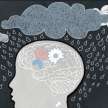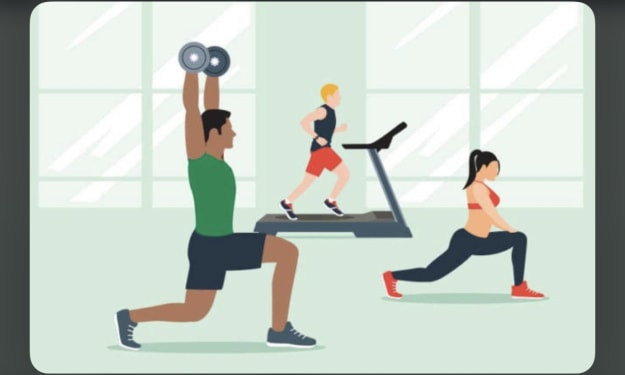Working of blood in human body
Human body

Blood is a vital fluid that circulates throughout the human body, delivering oxygen and nutrients to tissues and organs while also removing waste and carbon dioxide. It is made up of several components, including red blood cells, white blood cells, platelets, and plasma.
When blood is pumped from the heart, it travels through arteries to deliver oxygen and nutrients to cells in various organs and tissues. At the capillaries, the thin walls of the blood vessels allow for the exchange of materials between the blood and the surrounding tissues. Oxygen is released from the red blood cells into the tissues, while waste products like carbon dioxide and excess water diffuse into the bloodstream.
After the blood has passed through the capillaries, it is collected by veins and transported back to the heart, where it is pumped to the lungs. In the lungs, carbon dioxide is released from the blood and oxygen is taken up by the red blood cells, resulting in the oxygenation of blood.
The white blood cells and platelets in theBlood is a vital fluid that circulates throughout the human body, delivering oxygen and nutrients to tissues and organs while also removing waste and carbon dioxide. It is made up of several components, including red blood cells, white blood cells, platelets, and plasma.
When blood is pumped from the heart, it travels through arteries to deliver oxygen and nutrients to cells in various organs and tissues. At the capillaries, the thin walls of the blood vessels allow for the exchange of materials between the blood and the surrounding tissues. Oxygen is released from the red blood cells into the tissues, while waste products like carbon dioxide and excess water diffuse into the bloodstream.
After the blood has passed through the capillaries, it is collected by veins and transported back to the heart, where it is pumped to the lungs. In the lungs, carbon dioxide is released from the blood and oxygen is taken up by the red blood cells, resulting in the oxygenation of blood.
The white blood cells and platelets in theBlood is a vital fluid that circulates throughout the human body, delivering oxygen and nutrients to tissues and organs while also removing waste and carbon dioxide. It is made up of several components, including red blood cells, white blood cells, platelets, and plasma.
When blood is pumped from the heart, it travels through arteries to deliver oxygen and nutrients to cells in various organs and tissues. At the capillaries, the thin walls of the blood vessels allow for the exchange of materials between the blood and the surrounding tissues. Oxygen is released from the red blood cells into the tissues, while waste products like carbon dioxide and excess water diffuse into the bloodstream.
After the blood has passed through the capillaries, it is collected by veins and transported back to the heart, where it is pumped to the lungs. In the lungs, carbon dioxide is released from the blood and oxygen is taken up by the red blood cells, resulting in the oxygenation of blood.
The white blood cells and platelets in theBlood is a vital fluid that circulates throughout the human body, delivering oxygen and nutrients to tissues and organs while also removing waste and carbon dioxide. It is made up of several components, including red blood cells, white blood cells, platelets, and plasma.
When blood is pumped from the heart, it travels through arteries to deliver oxygen and nutrients to cells in various organs and tissues. At the capillaries, the thin walls of the blood vessels allow for the exchange of materials between the blood and the surrounding tissues. Oxygen is released from the red blood cells into the tissues, while waste products like carbon dioxide and excess water diffuse into the bloodstream.
After the blood has passed through the capillaries, it is collected by veins and transported back to the heart, where it is pumped to the lungs. In the lungs, carbon dioxide is released from the blood and oxygen is taken up by the red blood cells, resulting in the oxygenation of blood.
The white blood cells and platelets in the
About the Creator
Rimsha Ashraf
good life ..be the best believe in your self proud Pakistani Allhumdulillah be natural be who you are






Comments
There are no comments for this story
Be the first to respond and start the conversation.